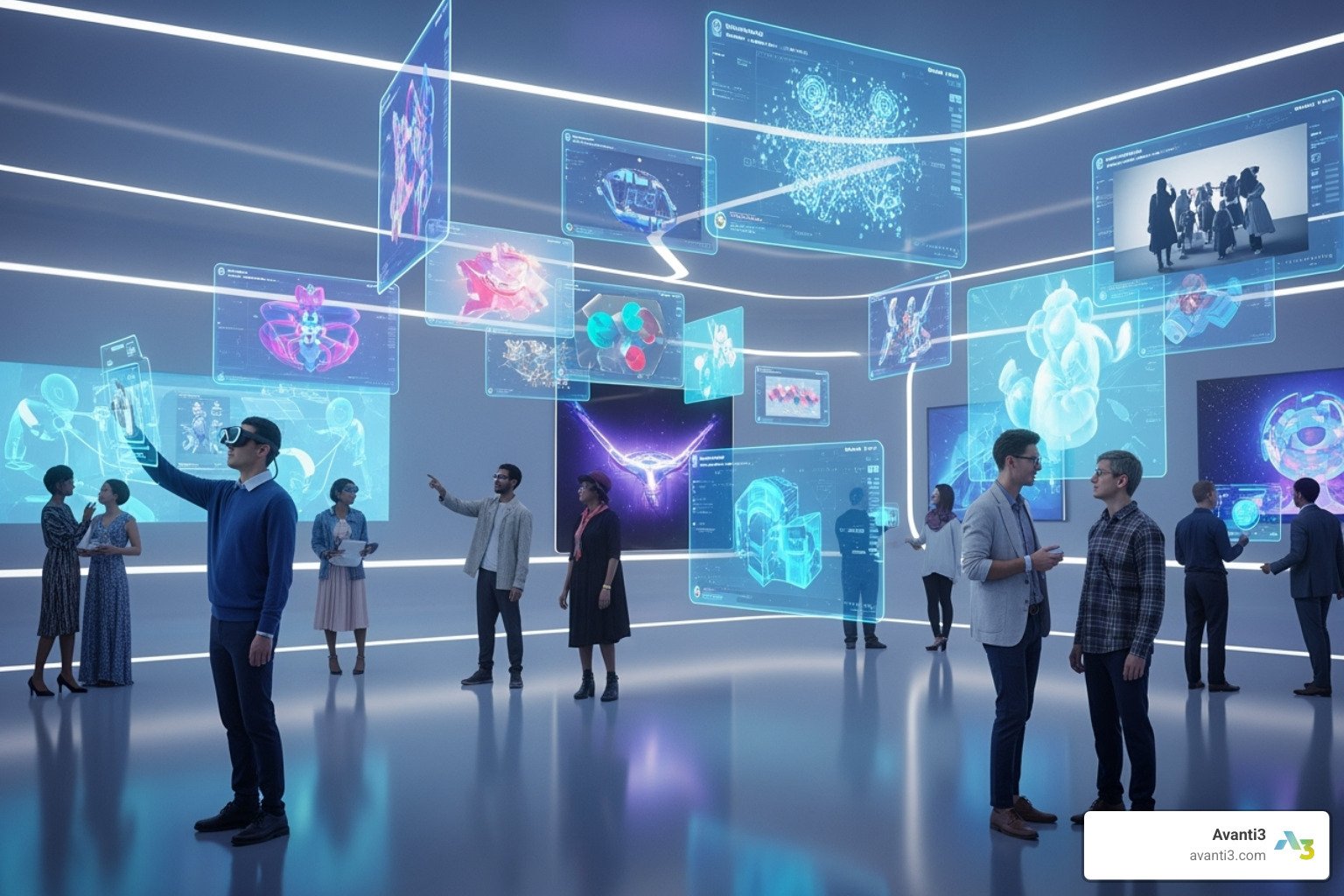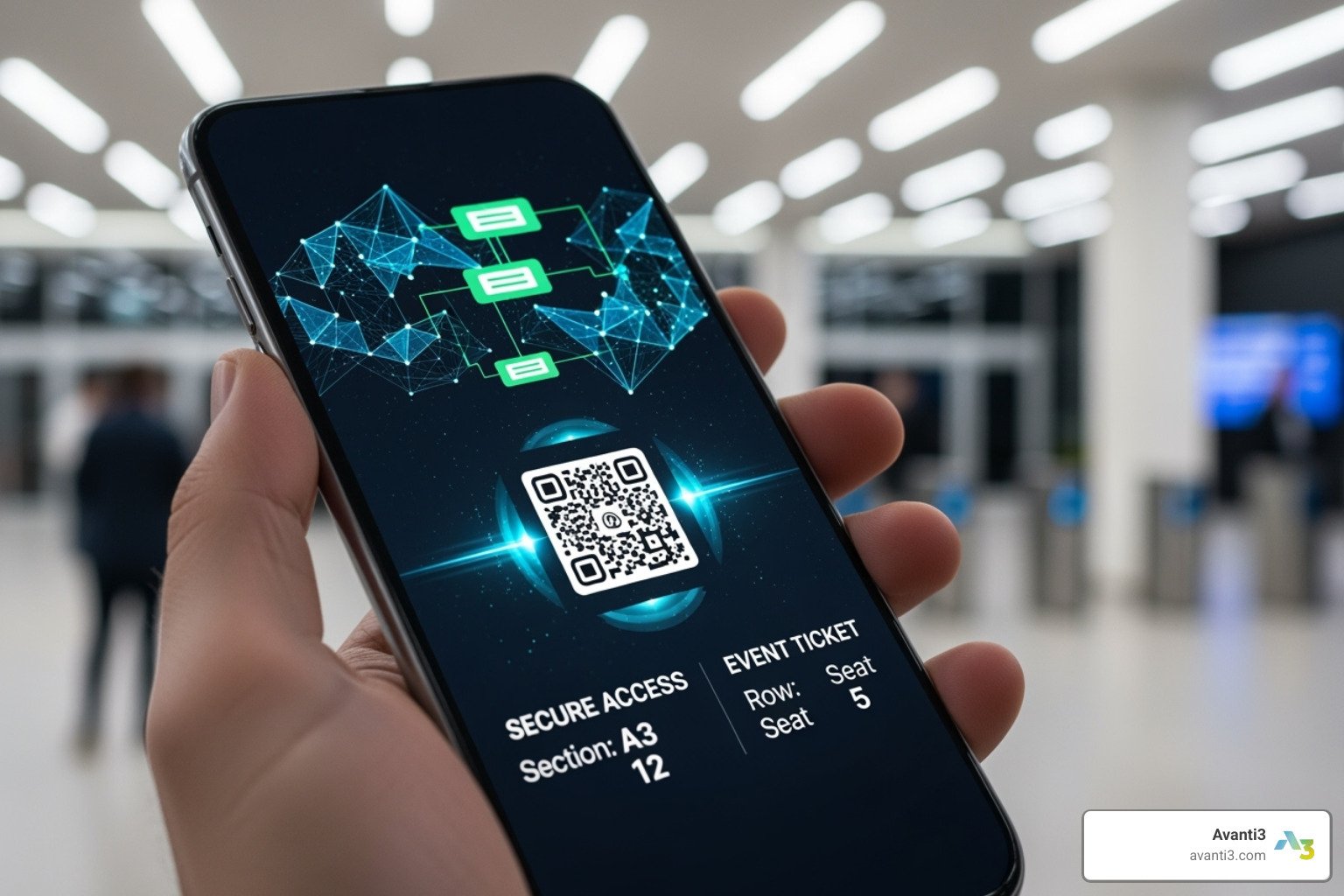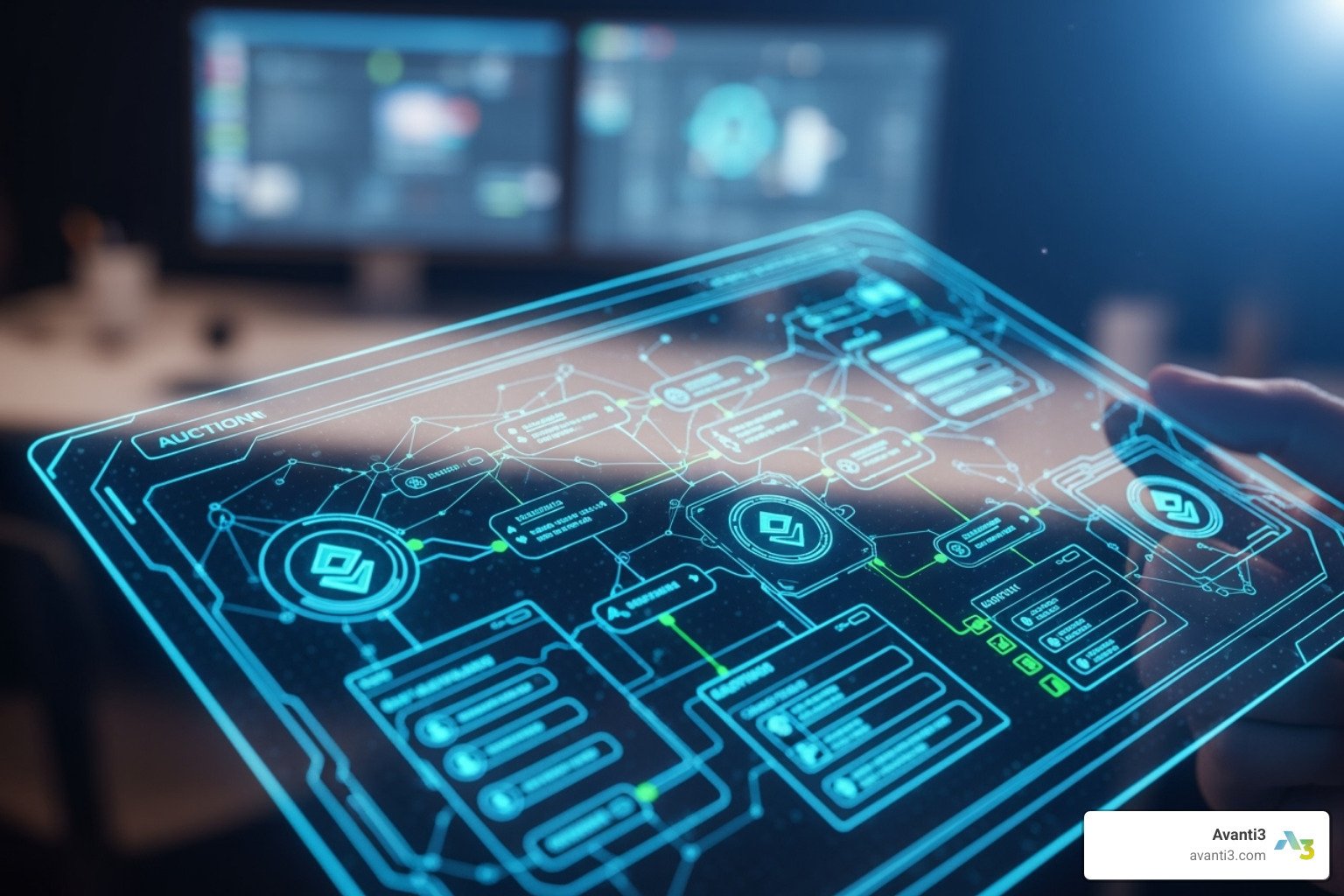What is nft marketplace: Ultimate 2025 Guide
Your Gateway to the Digital Economy
What is nft marketplace – it’s a digital platform where people buy, sell, and trade unique digital assets called NFTs (Non-Fungible Tokens). Think of it as a global bazaar for one-of-a-kind digital items like art, music, videos, and collectibles.
Quick Answer:
- Definition: A digital platform for trading unique blockchain-based assets
- Function: Facilitates buying, selling, and minting of NFTs
- Technology: Built on blockchain networks like Ethereum
- Assets: Digital art, collectibles, gaming items, music, and more
- Market Size: Over $67 billion global market cap
These marketplaces use blockchain technology to verify ownership and authenticity. Every transaction is recorded on a transparent, tamper-proof ledger, acting as a permanent certificate of authenticity for your digital assets.
The numbers tell the story of explosive growth. The global NFT market reached $67 billion in market cap, with leading marketplaces reporting substantial trading volume since 2021. What started as digital art experiments has evolved into a massive economy connecting creators, brands, and collectors directly.
Unlike traditional marketplaces where you buy copies, NFT marketplaces let you own the original digital item. Smart contracts—self-executing agreements written in code—handle transactions automatically, ensuring instant, secure ownership transfer without middlemen.
I’m Samir ElKamouny AV, and I help businesses steer the digital landscape, using technologies like NFTs to create new revenue streams and deeper community connections.
The Ultimate Guide to What is an NFT Marketplace
What is nft marketplace is your window into the future of digital ownership. It’s a platform that’s changing how we think about owning, trading, and valuing digital items. Imagine a marketplace where every item has an unbreakable certificate of authenticity, artists earn royalties on resales, and you truly own your digital purchases.
The Core Technology: Blockchain and Smart Contracts
Every NFT marketplace runs on two powerful technologies: blockchain and smart contracts.
Blockchain is a decentralized digital ledger. When you buy an NFT, the transaction is recorded on this permanent, unchangeable record, which is distributed across countless computers worldwide for maximum security. Everyone can see it, but no one can alter it. This creates a transparent and verifiable history for every asset.
Smart contracts are self-executing agreements written in code on the blockchain. They automatically handle all aspects of a transaction. When you buy an NFT, the smart contract verifies funds, confirms ownership, and instantly transfers the asset to you while sending payment to the seller—no waiting or paperwork required. This “trustless” system eliminates the middleman, giving you direct ownership.
For those curious about the deeper technical aspects, this scientific research on NFT technologies and challenges provides fascinating insights.
Types of NFT Marketplace Models
Different NFT marketplaces cater to different needs, much like physical stores.
Open marketplaces are accessible to everyone. Anyone can create and sell an NFT, leading to a vast variety of assets. However, quality can vary, so research is important.
Curated marketplaces are selective, vetting artists and creators through applications or invitations. They offer fewer items, but the quality is consistently high, often featuring established or vetted emerging talent.
Niche-specific marketplaces focus on one category. Examples include platforms for gaming items (characters, virtual land), music (albums, royalty shares), or sports collectibles (iconic moments).
At Avanti3, we help brands and creators build custom marketplace experiences that match their community’s needs, whether for a gaming project, music platform, or something entirely new.
A Beginner’s Guide to Buying and Selling NFTs
Diving into your first NFT transaction is easier than you think.
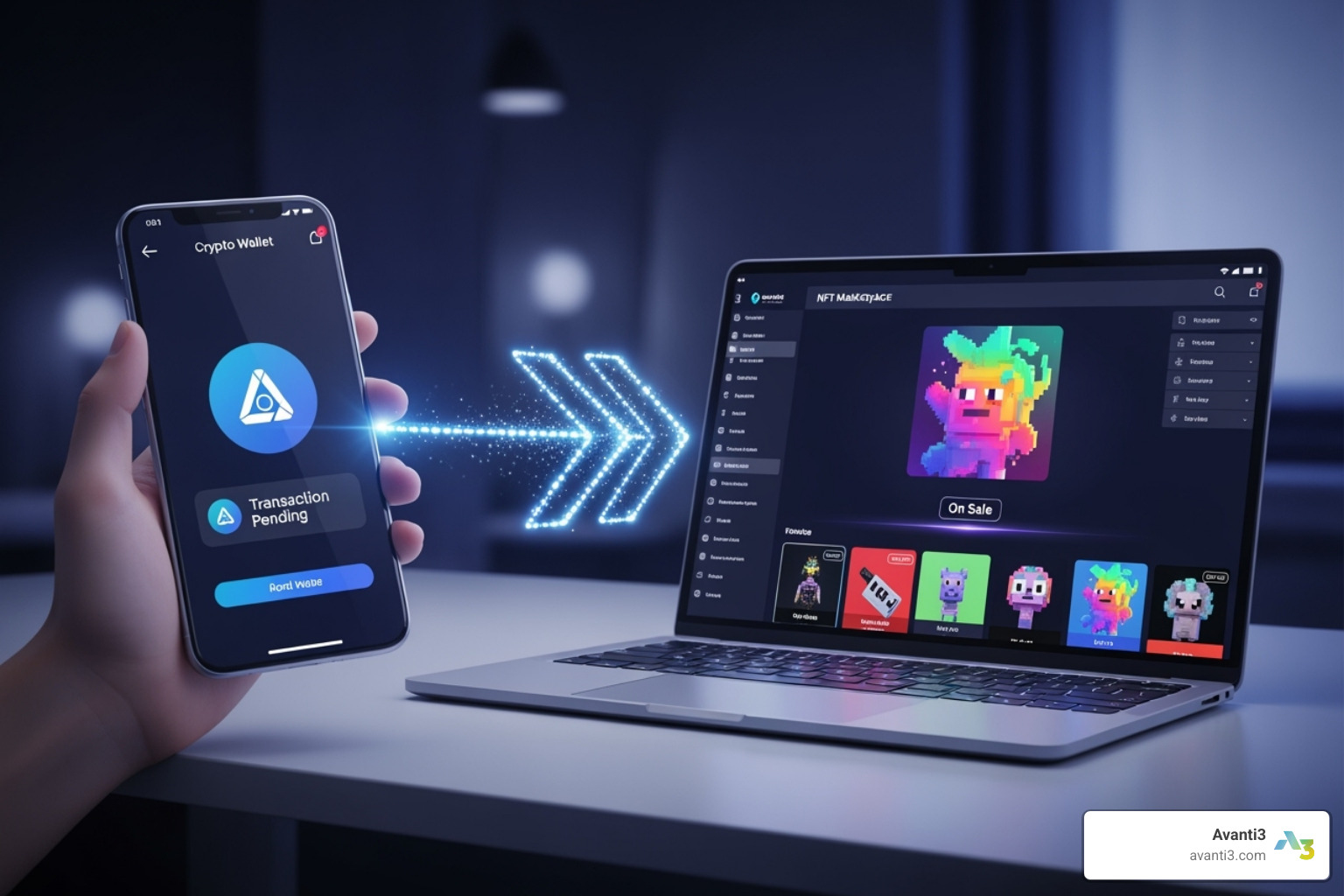
Set up your crypto wallet: This is your personal digital vault. Use a popular, user-friendly non-custodial wallet from a reputable provider. Crucially, never share your private keys or seed phrase with anyone.
Get cryptocurrency: Most marketplaces use Ethereum (ETH), but many now support alternatives like Solana or Polygon with lower fees. Buy crypto through a reputable exchange and transfer it to your wallet.
Connect to the marketplace: Find the “Connect Wallet” button on the site to securely link your wallet, proving your identity without revealing personal information.
Browse and buy: You can buy immediately at a fixed price, bid in auctions, or make offers. Confirm the purchase in your wallet, and the blockchain will automatically transfer ownership to you.
Create and sell your own NFTs: Upload your digital file, add a title and description, set your price, and choose a royalty percentage for future sales. This allows you to earn passive income every time your work is resold. Once you mint (create) the NFT, it’s ready to be sold.
Common Categories of Digital Assets
The variety of assets on any what is nft marketplace is immense.
Digital art is the most popular category, from simple drawings to complex animations. It allows artists to reach global audiences directly, with some works selling for millions.
Collectibles, like profile picture projects, act as digital identities and membership cards to exclusive communities where owners can access special events and connect with others.
Gaming items are revolutionizing virtual possessions. You can truly own your in-game characters, weapons, and achievements and even sell them.
Virtual worlds and land represent the frontier of digital real estate. Users buy virtual plots to build businesses, host events, or create unique online spaces.
Music and media offer new monetization routes. Musicians can sell exclusive tracks or fractional ownership of songs. Sports moments let fans own a piece of history, like a game-winning shot.
At Avanti3, we support creators across all categories, providing tools to build meaningful connections with their communities through innovative digital experiences.
Understanding the Costs: A Breakdown of Marketplace Fees
It’s important to understand the costs involved in NFT transactions.
Platform fees: Marketplaces typically charge a percentage of each sale (around 2.5%) for their services. Some newer platforms offer lower or zero fees to attract users.
Gas fees: These are payments to the blockchain network for processing your transaction. Fees on networks like Ethereum can fluctuate, but many marketplaces now use alternative blockchains with much lower costs.
Creator royalties: Artists can program their NFTs to automatically pay them a percentage (e.g., 5-10%) of every future sale, creating a sustainable income stream.
Some platforms also offer lazy minting, where the NFT is only created on the blockchain when it’s sold. This saves creators from paying upfront gas fees.
Staying Secure in the World of NFTs
Security in the NFT world requires common sense and good habits.
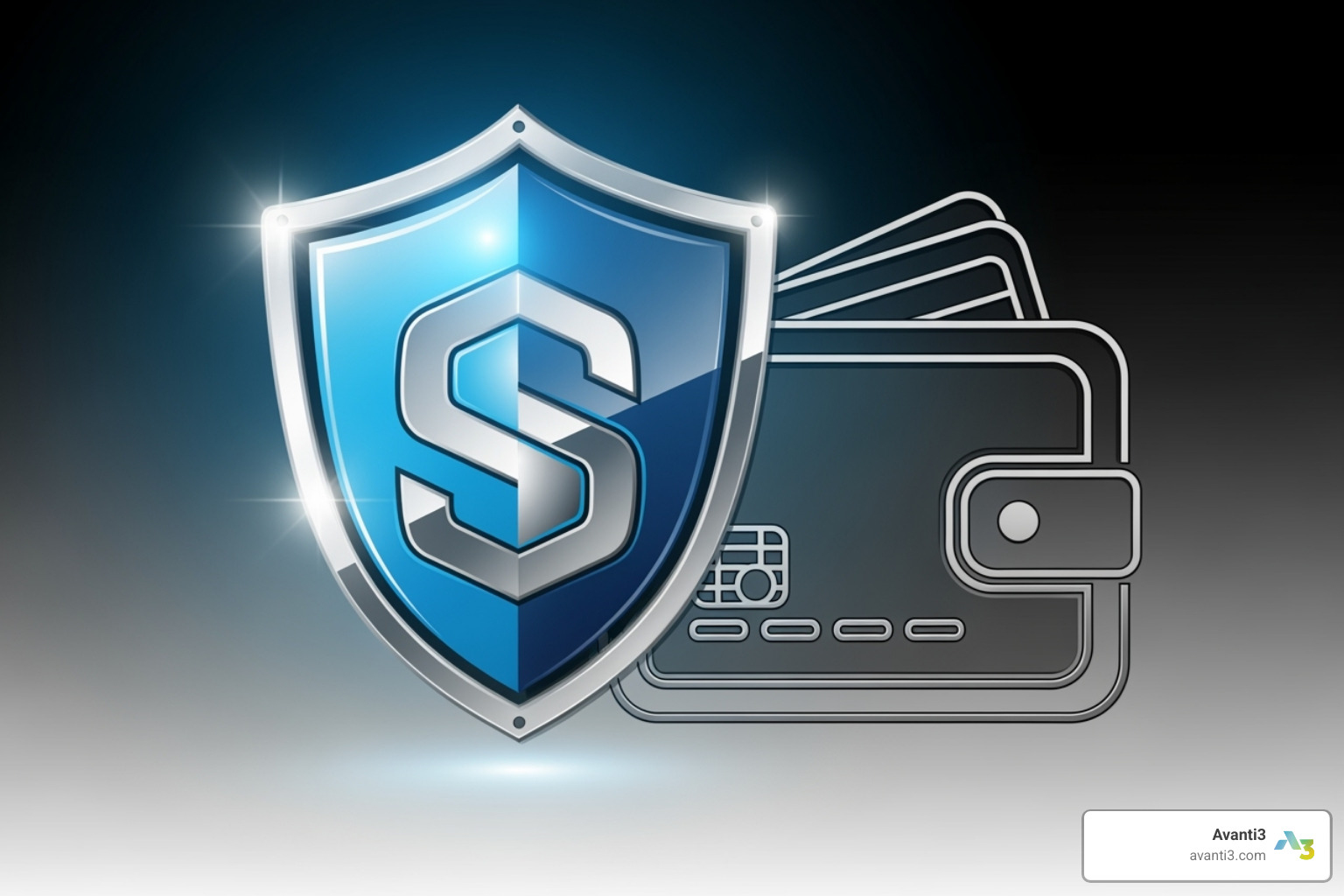
Protect your wallet: Your seed phrase and private keys are the master password to your assets. Never share them. Legitimate platforms will never ask for this information.
Spot phishing attempts: Scammers create fake websites to steal your login details. Always double-check URLs before connecting your wallet and be wary of suspicious emails or messages.
Verify authenticity: Look for verified badges on collections and check the smart contract address against official sources. The blockchain’s transparency makes it easier to verify an NFT’s history and legitimacy.
Do your own research (DYOR): Before buying, research the project team, read their roadmap, and check community engagement to understand what you’re purchasing.
Be aware of common scams: These include rug pulls (where creators disappear with funds), fake NFTs copying popular collections, and wash trading (artificially inflating prices). Awareness helps you spot red flags.
The Future of Digital Ownership and How to Get Started
The world of what is nft marketplace technology is rapidly evolving beyond digital art and collectibles. We are just scratching the surface of what’s possible as this technology reimagines ownership, access, and value.
The market is shifting from simple collectibles to utility NFTs that provide real-world value. Instead of just a digital image, an NFT can act as a key to exclusive experiences. For example, an NFT concert ticket could grant backstage access or exclusive merchandise, acting as a reusable VIP pass.
The real-world applications are expanding rapidly. Tokenized real estate can make high-value investments accessible, while NFT diplomas could offer instantly verifiable, forge-proof credentials. NFTs can even secure medical records, giving you complete control over your health information.
This revolution is empowering creators by allowing them to connect directly with their audiences. Musicians can sell exclusive tracks and earn royalties on every resale, while artists can bypass traditional galleries. Brands can build deeper customer loyalty through unique digital rewards, cutting out the middlemen so that creators keep more earnings and fans get exclusive access.

At Avanti3, we’re building the infrastructure for this future. We create custom engagement tools that blend Web3 technologies like NFTs, blockchain, AR/VR, and AI into rewarding experiences. Our mission is to help creators and brands build thriving digital communities where fans feel valued.
The digital ownership landscape is moving toward a world where your digital assets have real utility, bridging the gap between digital and physical experiences. The tools are here, the community is growing, and the possibilities are endless.
Ready to build your digital community? The future of digital engagement is waiting, and it’s more accessible than you might think.

